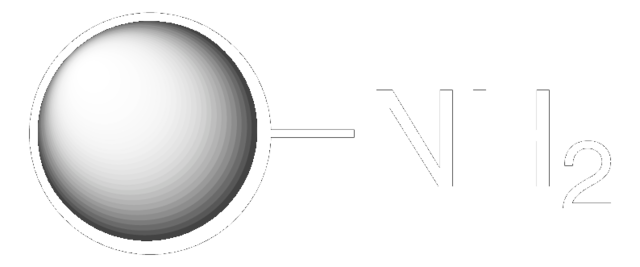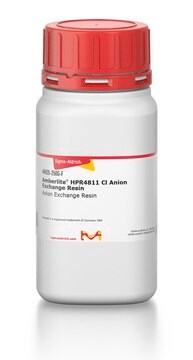Kluczowe dokumenty
440752
Polycaprolactone
average Mw ~14,000, average Mn ~10,000 by GPC
Synonim(y):
2-Oxepanone homopolymer, 6-Caprolactone polymer
About This Item
Polecane produkty
Formularz
flakes or chunk(s)
Poziom jakości
masa cząsteczkowa
average Mn ~10,000 by GPC
average Mw ~14,000
lepkość
400-1000 mPa.s, 50 wt. % in xylene
mp
60 °C (lit.)
temp. przejścia
Tg −60 °C
gęstość
1.146 g/mL at 25 °C
Szukasz podobnych produktów? Odwiedź Przewodnik dotyczący porównywania produktów
Opis ogólny
Zastosowanie
Cechy i korzyści
Non-toxic, biodegradable in soil, broad miscibility, mechanical compatibility with many polymers and good adhesion to a broad spectrum of substrates.
Postać fizyczna
produkt powiązany
Kod klasy składowania
11 - Combustible Solids
Klasa zagrożenia wodnego (WGK)
WGK 3
Temperatura zapłonu (°F)
>230.0 °F
Temperatura zapłonu (°C)
> 110 °C
Środki ochrony indywidualnej
Eyeshields, Gloves, type N95 (US)
Wybierz jedną z najnowszych wersji:
Masz już ten produkt?
Dokumenty związane z niedawno zakupionymi produktami zostały zamieszczone w Bibliotece dokumentów.
Klienci oglądali również te produkty
Produkty
Odkryj najnowsze osiągnięcia w dziedzinie biopolimerów i ich zastosowań jako kompozytów w celu zmniejszenia ilości odpadów elektronicznych i zwiększenia żywotności. Ten mini-przegląd zapewnia wgląd w ich właściwości i syntezę, a także przewodzące polimery pochodzenia biologicznego do zastosowań w bioelektronice, czujnikach i superkondensatorach.
We will explore the technological advances that have contributed toward the progress of 3DP of tissue engineering scaffolds, current materials used to create 3DP scaffolds, and the challenges that remain.
In the past two decades, tissue engineering and regenerative medicine have become important interdisciplinary fields that span biology, chemistry, engineering, and medicine.
W ciągu ostatnich dwóch dekad inżynieria tkankowa i medycyna regeneracyjna stały się ważnymi dziedzinami interdyscyplinarnymi, które obejmują biologię, chemię, inżynierię i medycynę.
Nasz zespół naukowców ma doświadczenie we wszystkich obszarach badań, w tym w naukach przyrodniczych, materiałoznawstwie, syntezie chemicznej, chromatografii, analityce i wielu innych dziedzinach.
Skontaktuj się z zespołem ds. pomocy technicznej





